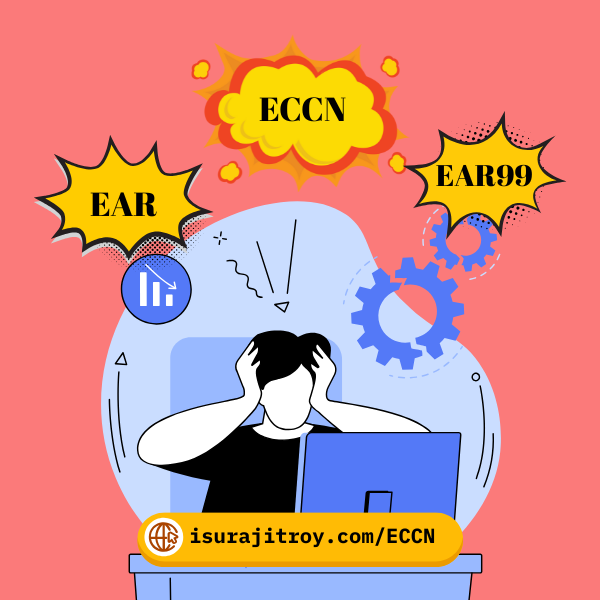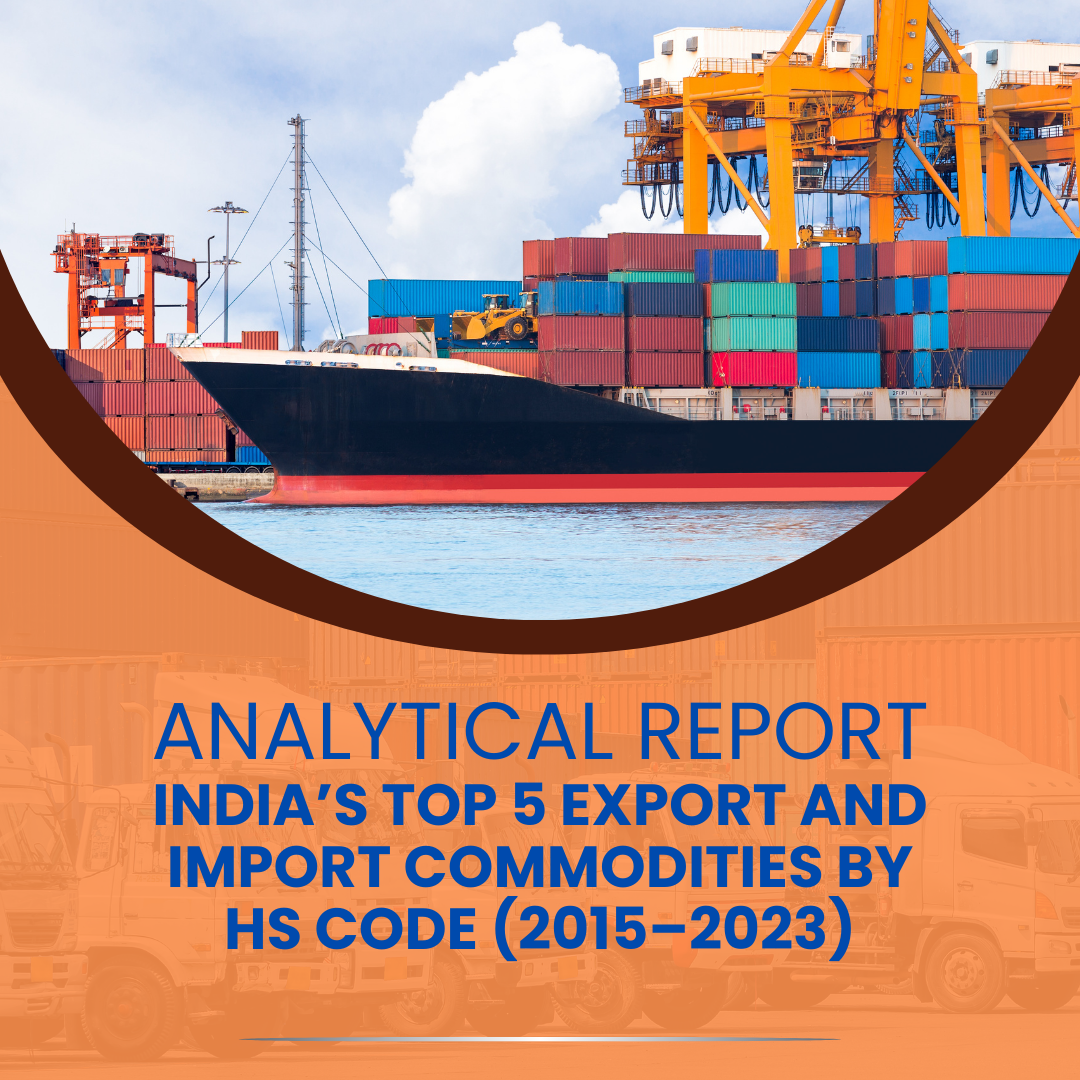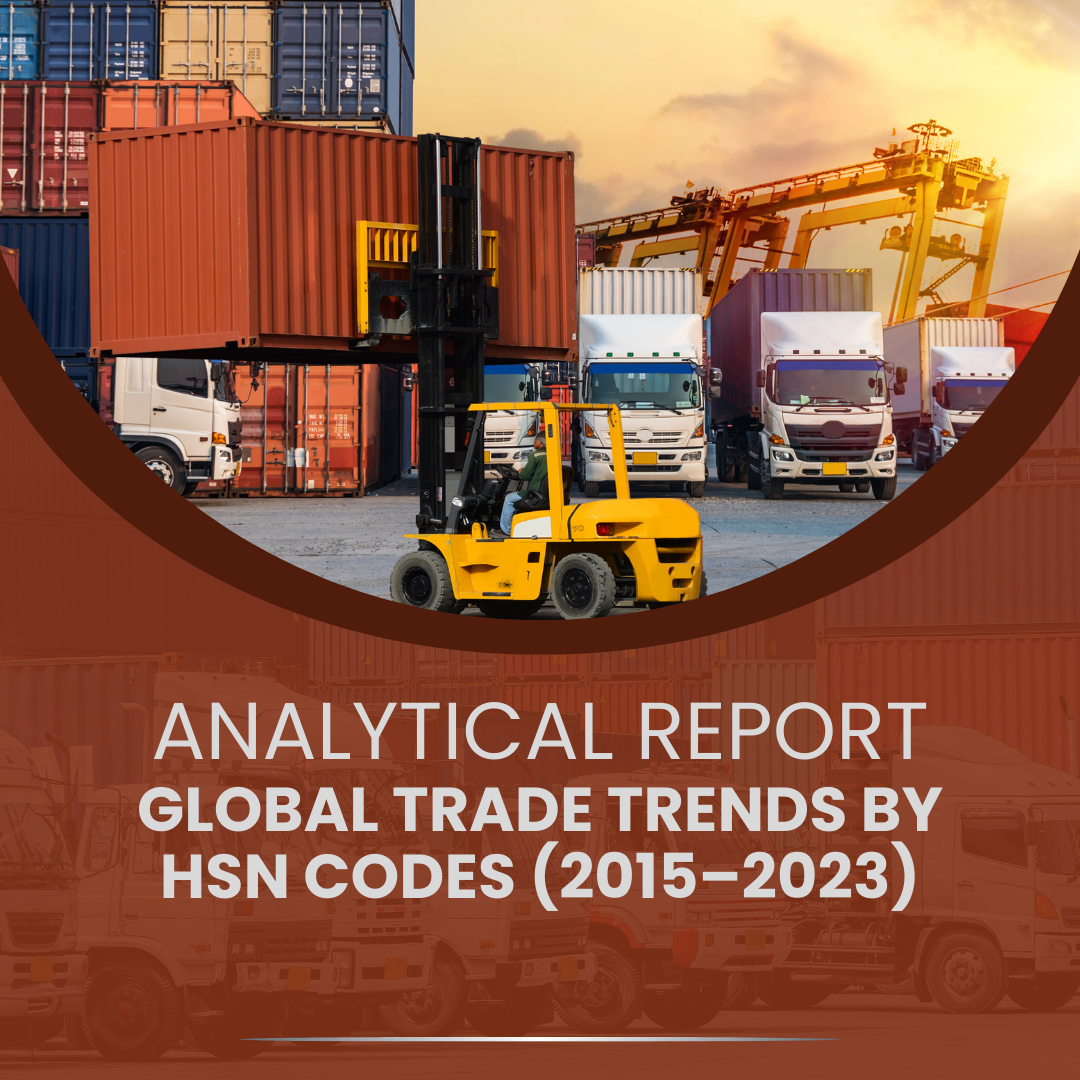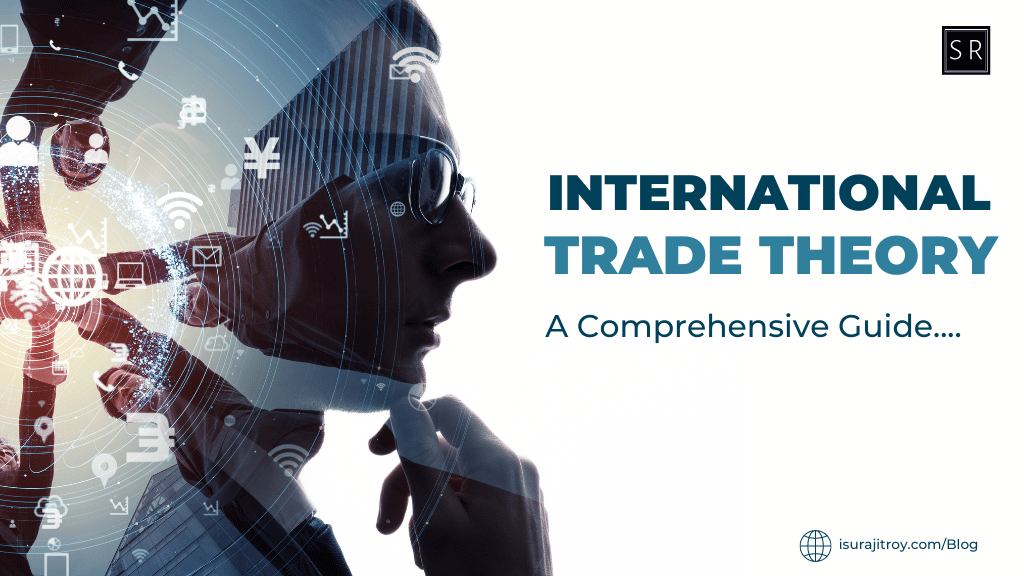
Understanding international trade theories is essential for global business success. With the correct expertise, international trade theory can be leveraged to obtain a competitive advantage and drive growth.
This article will discuss the most essential international trade theory principles and how they can be used. We will also highlight key differences between various trade theories and provide real-world examples of their application.
The Theory of Comparative Advantage.
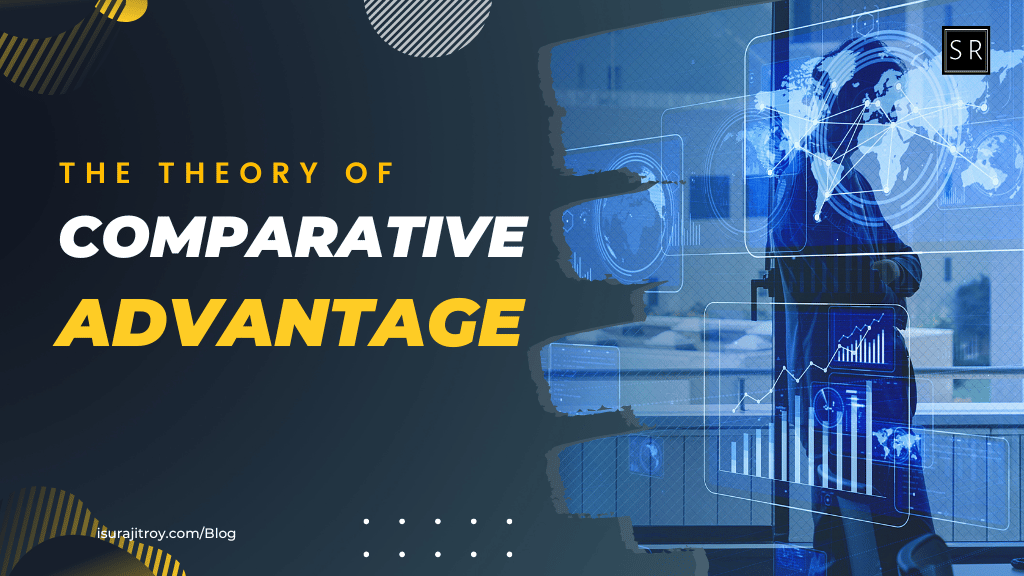
International trade theory relies heavily on comparative advantage. It states that a country should specialise in producing its most efficient commodities and services and trade with other countries for its inefficient ones. This theory allows for gains from trade, as countries can trade with each other to achieve greater efficiency and lower costs.
Let’s say the US makes automobiles and computers better than China. However, China can produce shoes more efficiently than the United States. According to comparative advantage, the US should make cars and computers and trade with China for shoes, whereas China should make shoes and trade with the US for cars and computers. This way, both countries can benefit from the gains from trade.
The Theory of Absolute Advantage.

According to the principle of absolute advantage, a country should specialise in producing its most efficient goods and services and trade with other countries for their inefficient ones. This paradigm emphasises absolute production efficiency rather than comparative advantage.
Let’s say the US makes automobiles and computers better than China. According to absolute advantage, the US should make automobiles and computers and trade with China for items and services it cannot efficiently create. This technique may not provide trade gains since the US may not produce goods and services in which it has a comparative advantage.
The Heckscher-Ohlin Model.

The Heckscher-Ohlin model is another important concept in international trade theory. It states that countries should specialise in manufacturing goods and services using their abundant sources of production and trade with other countries for their scarce factors. This theory assumes that countries have different factor endowments, such as land, labor, and capital.
For instance, China has a lot of labour but little capital, while the US has the opposite. According to the Heckscher-Ohlin model, the US should specialise in capital-intensive goods and services and trade with China for labor-intensive ones, while China should do the opposite. This way, both countries can benefit from the gains from trade.
The New Trade Theory.

The new trade theory is a more recent development in international trade theory that takes into account economies of scale and imperfect competition. This idea says that countries can obtain economies of scale by specialising in one product and dominating the global market.
According to the new trade theory, Japan can achieve economies of scale by specializing in automobile production and becoming the dominant producer in the global market. Japan can cut production costs and increase profits, whereas other countries may struggle to compete due to economies of scale.
The Role of International Trade in Economic Growth.
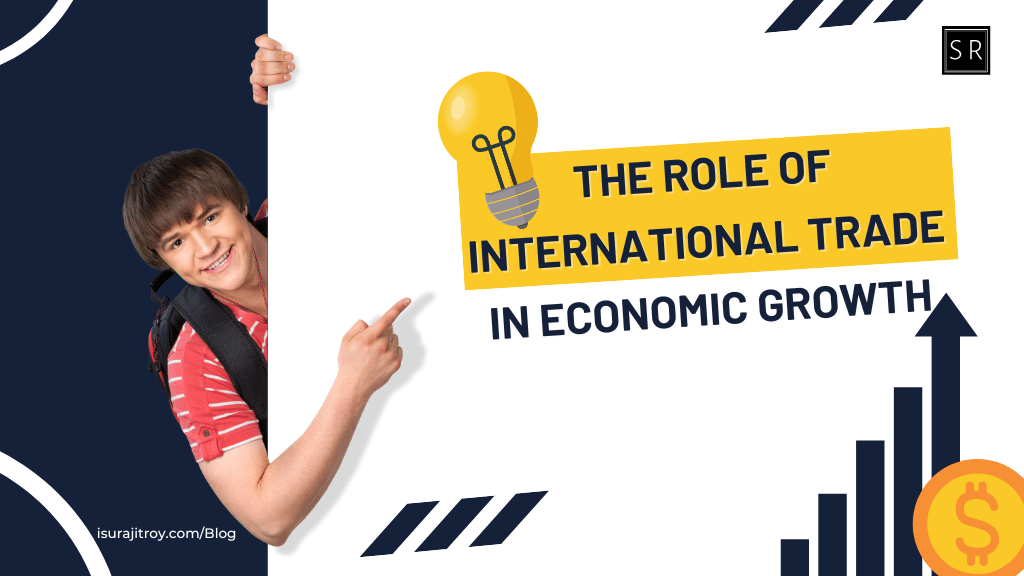
International trade drives economic growth. It boosts market demand, output, jobs, and living standards. International trade also promotes innovation by transferring technology, knowledge, and expertise.
However, trade imbalances, protectionist policies, and unequal trade gains present challenges. Countries must comprehend the pros and cons of international commerce and create fair and sustainable trade policies.
Conclusion
In conclusion, international trade theory provides a framework for understanding the principles that govern international trade. The theories of comparative advantage, absolute advantage, Heckscher-Ohlin, and new trade theory, all provide different perspectives on how countries can benefit from trade.
Successful global firms and investors must understand these theories.
Countries also need fair and sustainable trade policies. While international trade offers many potential benefits, there are also challenges associated with it. Countries may ensure fair and sustainable trade and long-term economic growth by promoting fair and sustainable trade policy.
